Polyethylene Wax uses and properties
Polyethylene Wax uses and properties
Polyethylene wax has many physical and chemical properties that make Polyethylene wax suitable for a wide range of industrial applications.
A recent study by Transparency Market Research has shown a marked increase in demand for the product. Some of the many applications of Polyethylene wax are paper-coating, crayons, packaging, ink and leather auxiliaries. Others are food additives and paints
As a completely saturated ethylene homopolymer, Polyethylene wax is linear and crystalline. That is why Polyethylene wax finds applications such as blends, plastic additives and rubber manufacture. Due to its high crystalline nature, this material has unique features such as hardness at high temperatures and low solubility in a wide range of solvents.
Polyethylene wax is a thermoplastic so you can guess how it behaves when exposed to heat. Thermoplastics melt at 110°C. An interesting feature of Polyethylene wax is the ability to be heated and cooled without extensive degradation.
Polyethylene wax also features limited poly disparity and molecular weight. Consequently Polyethylene wax is highly resistant to chemical attacks, has unmatched heat stability and is very flexible in formulating applications.
Here is a summary of the characteristics of Polyethylene wax:
- High softening point
- High melting point
- Excellent thermal stability
- High chemical resistance
- Highly compatible with wax varieties
- Perfect lubrication
- Perfect head resistance
Identifying Polyethylene wax
Polyethylene wax can be either low density polyethylene (LDPE) or high density polyethylene (HDPE). Generally, HDPE tends to be more dense and crystalline, so you could distinguish the two if you have a way of determining these properties.
Polyethylene Wax Uses
A recent survey by Transparency Market Research identified the Polyethylene Wax market to include plastic additives, candles, cosmetics and rubber. Others are packaging, lubricants, wood and coatings.
The Polyethylene wax finds application in a wide range of industries because of its desirable physical and chemical properties. As the material can have a broad range of melt points, densities and other properties, it is understandable why it is used so extensively.
The emulsifiable variety is particularly crucial in the textile industry.
Polyethylene wax is also used in paper coating, leather auxiliaries, crayons and cosmetics. The non-emulsifiable type is mostly common in printing ink, pigment concentrates and paints.
The coating industry has historically used waxes. The importance of wax is that Polyethylene wax adds water repellency, better slip, and mark resistance among other features. When used correctly, polyethylene wax introduces the following:
- Anti-sagging
- Anti-settling
- Abrasion resistance
- Marking resistance
Conclusion
Polyethylene wax is heat-stable, lowly soluble, chemically resistant and hard. Combining these features with abrasion resistance and broad melting points makes the material the undisputable choice for a wide range of industrial applications. Whether you want to process rubber, manufacture textiles, modifier plastic or coat corrugated board, there is a grade available. Polyethylene wax As manufacturers may have different grades of the material, please ask so that you can be directed to the one that matches your needs.

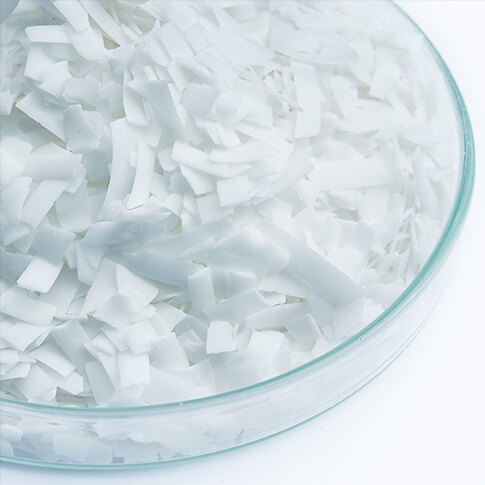
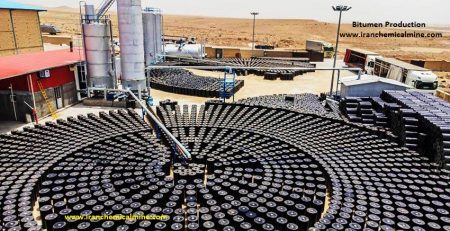
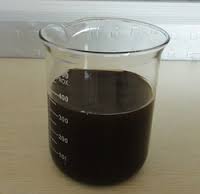
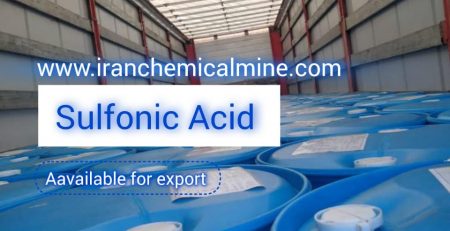
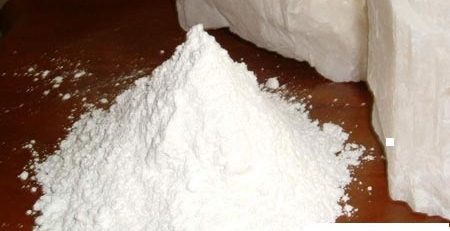
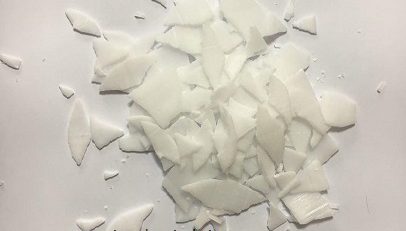

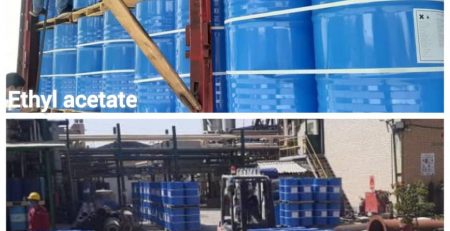
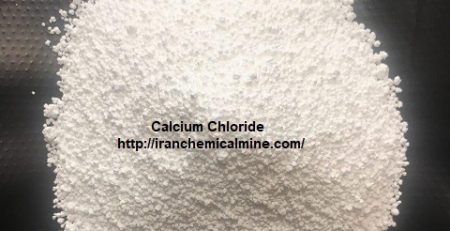
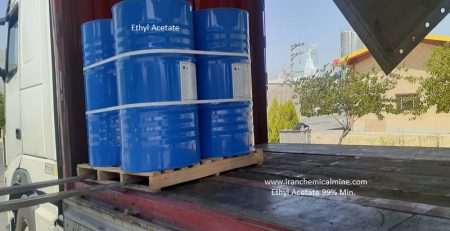


Leave a Reply